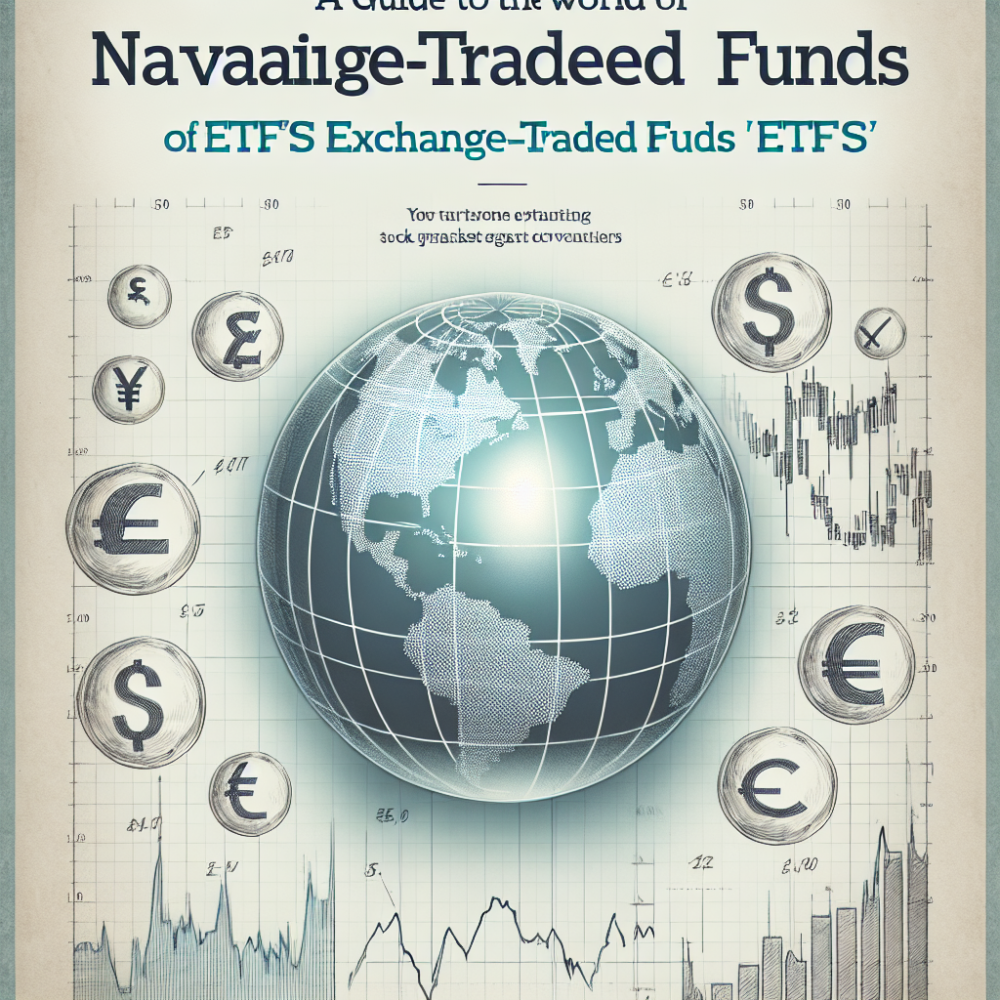A Guide to Navigating the World of Exchange-Traded Funds (ETFs)

Posted on: Sunday, March 3rd, 2024
Exchange-Traded Funds (ETFs) are a vital component of the modern investment landscape, combining the diversification benefits of mutual funds with the flexibility of stock trading. As ETFs trade on stock exchanges, investors can buy or sell shares throughout the trading day at market prices. This investment tool has become increasingly popular due to its low expense ratios, tax efficiency, and the wide variety of sectors and strategies it can cover. Whether you're a seasoned investor or new to the financial markets, understanding how to invest in ETFs can significantly broaden your investment opportunities and strategies.
Top 10 Tips for Investing in ETFs
1. Understand Your Investment Goals: Start by clearly defining your financial goals, risk tolerance, and investment horizon. ETFs offer solutions for various objectives, from income generation to growth, but selecting the right one depends on your individual needs.
2. Research Before You Invest: Not all ETFs are created equal. Look into the ETF’s holdings, expense ratio, performance history, and the issuer's reputation. Understanding these factors can help you choose an ETF that aligns with your investment strategy.
3. Consider the Expense Ratio: ETFs are known for their low cost, but they do carry fees. The expense ratio—a measure of the fund's operational expenses to its assets—can impact your returns over time, especially in a low-yield environment.
4. Pay Attention to Liquidity: Trading volume is an important consideration. ETFs with higher daily trading volumes typically have lower bid-ask spreads, making it easier to buy and sell shares at favorable prices.
5. Diversify Your Portfolio: One of ETFs' greatest strengths is the ability to offer diversified exposure to a range of investments in a single transaction. Use ETFs to diversify across asset classes, sectors, or geographies to mitigate risk.
6. Monitor Tracking Error: Tracking error refers to the discrepancy between the performance of the ETF and its underlying index. A lower tracking error means the ETF is doing a better job of mirroring the index it tracks.
7. Be Aware of Tax Implications: While ETFs are generally tax-efficient, selling shares for a profit can trigger capital gains taxes. Additionally, some specialized ETFs might distribute capital gains, affecting your tax situation.
8. Use Limit Orders: To avoid buying or selling shares at undesirable prices, use limit orders. This type of order allows you to specify the price at which you're willing to buy or sell, granting greater control over the transaction.
9. Align ETFs with Your Investment Strategy: Whether you're a passive investor looking to mirror the market or a more active trader seeking to capitalize on short-term trends, there’s an ETF to match your strategy. Choose ETFs that complement your overall investment approach.
10. Stay Informed: The ETF market is dynamic, with new products and strategies emerging regularly. Keep abreast of market trends, regulatory changes, and new investment opportunities to make informed decisions.
Investing in ETFs offers a flexible and efficient way to build a diversified portfolio. By following these tips, investors can navigate the ETF market with confidence, leveraging these versatile investment vehicles to achieve their financial goals. Remember, like any investment, it's important to conduct thorough research and possibly consult a financial adviser to ensure the chosen ETFs align with your unique investment profile and objectives.